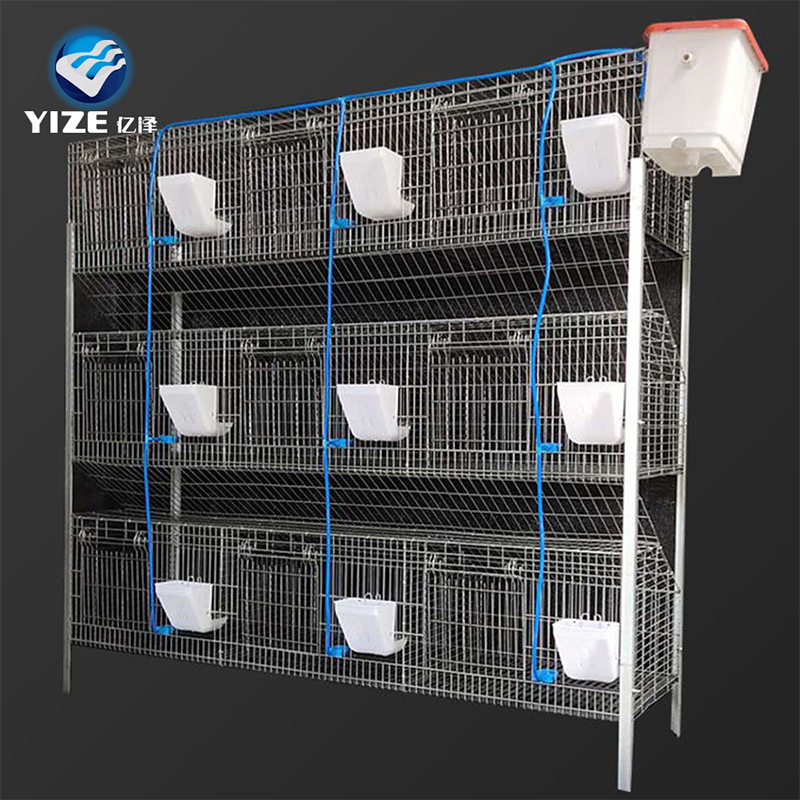Effective Use of Evaporative Cooling Pads in Greenhouse Environments for Optimal Plant Growth
Dec . 29, 2024 01:07 Back to list
Effective Use of Evaporative Cooling Pads in Greenhouse Environments for Optimal Plant Growth
The Role of Evaporative Cooling Pads in Greenhouses Enhancing Plant Growth and Sustainability
As global temperatures rise and climate variability becomes increasingly unpredictable, the need for efficient temperature management in agriculture, particularly in greenhouse environments, has never been more critical. One of the most effective solutions that has gained popularity in recent years is the use of evaporative cooling pads. These innovative systems not only improve the internal climate of greenhouses but also contribute to sustainable farming practices.
Understanding Evaporative Cooling Pads
Evaporative cooling pads work on the principle of evaporative cooling, which is a natural process that utilizes water evaporation to reduce air temperature. When warm air passes through these pads, it absorbs moisture, resulting in a drop in temperature. Typically made of cellulose or synthetic materials, these pads are installed on one side of the greenhouse, where they are kept moist by a water supply system.
As the hot air enters the greenhouse through the cooling pads, it is cooled down significantly before circulating throughout the space. This process not only lowers the air temperature but also increases humidity, creating a more optimal environment for plant growth, particularly in regions with high temperatures and low humidity levels.
Benefits of Using Evaporative Cooling Pads
1. Improved Plant Growth Many crops thrive in specific temperature and humidity ranges. By maintaining these optimal conditions, evaporative cooling pads help enhance plant health and yield. Stronger, healthier plants are not only more productive but also less susceptible to diseases.
2. Energy Efficiency Traditional air conditioning systems can be energy-intensive and costly to operate. In contrast, evaporative cooling pads require significantly less energy since they rely on water evaporation rather than refrigeration. This makes them a cost-effective solution for maintaining cooler greenhouse temperatures.
evaporative cooling pads greenhouse

3. Sustainable Agriculture With an increasing emphasis on sustainable farming practices, evaporative cooling pads align perfectly with ecological principles. They reduce reliance on fossil fuels and minimize greenhouse gas emissions associated with conventional cooling methods. Furthermore, they can utilize rainwater or recycled water, contributing to water conservation efforts.
4. Enhancing Air Quality By providing a steady supply of fresh, cooler air, evaporative cooling systems help improve the overall air quality within the greenhouse. This not only benefits the plants but also enhances the working environment for workers, creating a more comfortable atmosphere.
5. Adaptability Evaporative cooling pads can be integrated into both new and existing greenhouse structures. Their design can be modified to fit various sizes and layouts, making them a versatile option for different agricultural settings.
Challenges and Considerations
While evaporative cooling pads offer numerous advantages, they are not without challenges. The effectiveness of these cooling systems largely depends on the humidity levels in the surrounding environment. In areas with high humidity, the cooling effect may be diminished. Additionally, maintaining the cleanliness of the pads is crucial to prevent the growth of algae and bacteria, which can negatively impact plant health.
Proper water management is also essential; growers must ensure that the system does not lead to excessive humidity levels, which could result in mold or rot. Regular monitoring and adjustment of water supply and airflow are important to maintain optimal conditions.
Conclusion
In conclusion, evaporative cooling pads represent a sustainable and efficient solution for temperature management in greenhouses. By enhancing plant growth, reducing energy consumption, and improving air quality, they contribute to a more productive agricultural system. As the agricultural sector continues to adapt to changing environmental conditions, the adoption of innovative technologies like evaporative cooling pads will play a crucial role in ensuring food security and promoting sustainable farming practices for future generations. By investing in these systems, growers not only improve their productivity but also contribute to a more sustainable agricultural landscape.
-
Hot Sale 24 & 18 Door Rabbit Cages - Premium Breeding Solutions
NewsJul.25,2025
-
Automatic Feeding Line System Pan Feeder Nipple Drinker - Anping County Yize Metal Products Co., Ltd.
NewsJul.21,2025
-
Automatic Feeding Line System Pan Feeder Nipple Drinker - Anping County Yize Metal Products Co., Ltd.
NewsJul.21,2025
-
Automatic Feeding Line System - Anping Yize | Precision & Nipple
NewsJul.21,2025
-
Automatic Feeding Line System - Anping Yize | Precision & Nipple
NewsJul.21,2025
-
Automatic Feeding Line System-Anping County Yize Metal Products Co., Ltd.|Efficient Feed Distribution&Customized Animal Farming Solutions
NewsJul.21,2025






